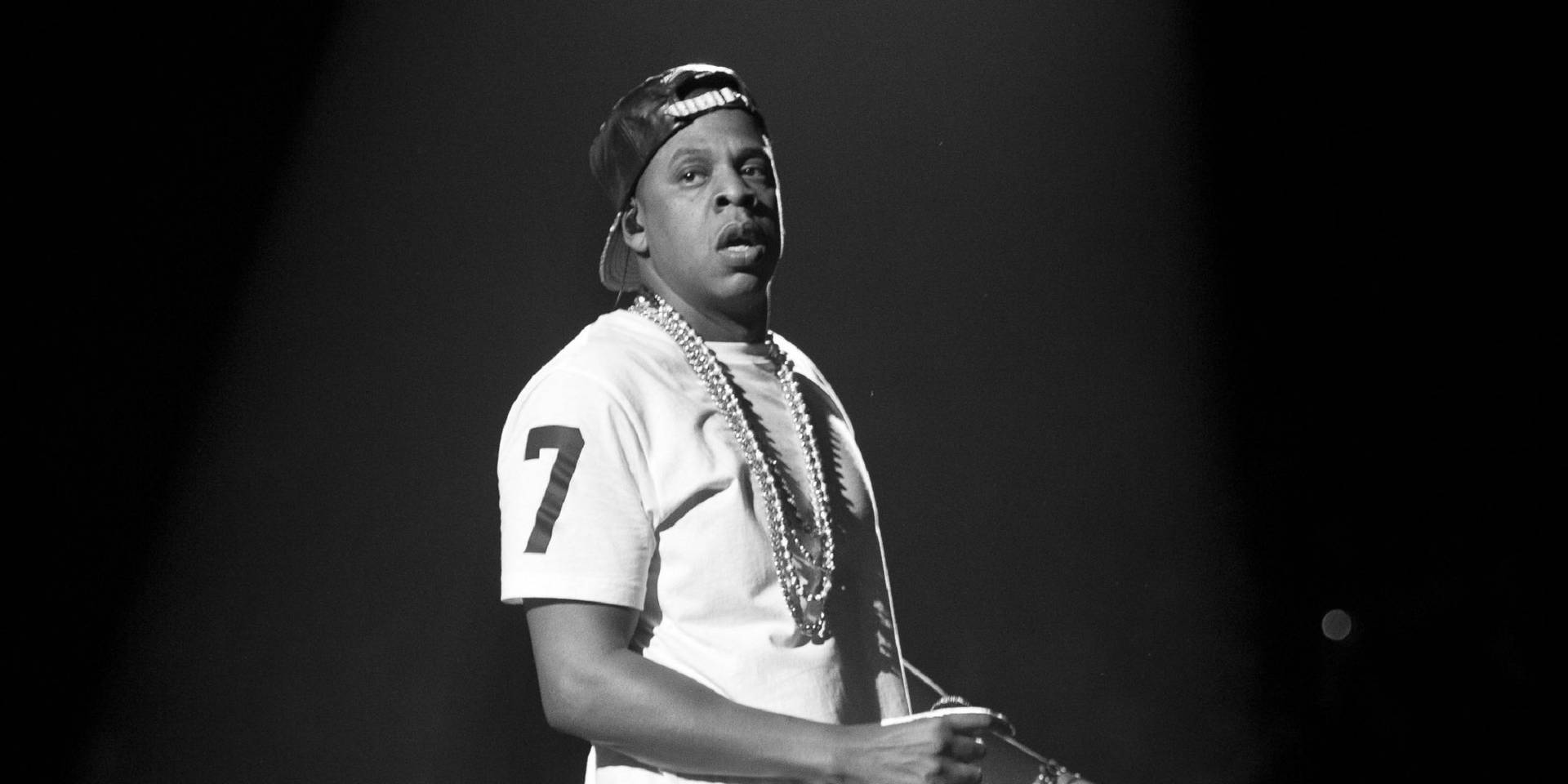
Introduction
Mary Poppins is more than just a beloved children’s character; she is a cultural icon that has captivated audiences for generations. First introduced in P.L. Travers’ 1934 book, the story of the magical nanny has transcended time, becoming a cornerstone in both film and theatrical productions. As we celebrate the legacy of Mary Poppins, it’s crucial to understand her significance in literature and the arts, as well as her potential for new interpretations in modern media.
Mary Poppins in Literature and Film
The character of Mary Poppins emerged from P.L. Travers’ groundbreaking series of children’s books. Her whimsical yet stern demeanor, paired with magical abilities, offered a blend of fantasy and realism that resonated with readers. The 1964 Disney film adaptation, starring Julie Andrews and Dick Van Dyke, is arguably what propelled Mary Poppins into mainstream consciousness. The movie’s innovative blend of live-action and animation, unforgettable musical score, and charming narrative transformed Mary Poppins into a household name.
In 2018, Disney revived the classic with a sequel, Mary Poppins Returns, featuring Emily Blunt. The film sought to introduce Mary to a new generation while paying homage to the original. It showed that the appeal of Mary Poppins continues, as evidenced by its warm reception and nostalgic undertones. The legacy of Mary Poppins is further preserved through various stage adaptations, including the successful West End and Broadway musical, which has won numerous awards.
Cultural Impact and Significance
Mary Poppins has made a significant impact on popular culture, influencing not just the children’s literature genre but also the film industry. She represents a unique blend of care and discipline, embodying a figure that is simultaneously nurturing and firm. This duality allows parents to relate to her character while children are enamoured by her magical abilities.
Moreover, Mary Poppins has inspired numerous merchandise, theme park attractions, and even stage productions that are celebrated globally. Her adventures resonate with themes of family, imagination, and the importance of joy amidst life’s challenges, making her a timeless character who remains relevant in discussions about parenting and education.
Conclusion
As we look to the future, the story of Mary Poppins continues to evolve. With ongoing adaptations and fresh interpretations, her character remains a beloved figure within both children’s and adult literature. The universal themes of love, responsibility, and the enchantment of a child’s world ensure that Mary Poppins will persist, inspiring new audiences while retaining her charm. In a world that often seeks magic in the mundane, Mary Poppins is a reminder that a little joy and imagination can go a long way.
You may also like

Jay Z: The Evolution of a Music Legend

Harvey Weinstein: A Timeline of Legal Troubles and Impact
